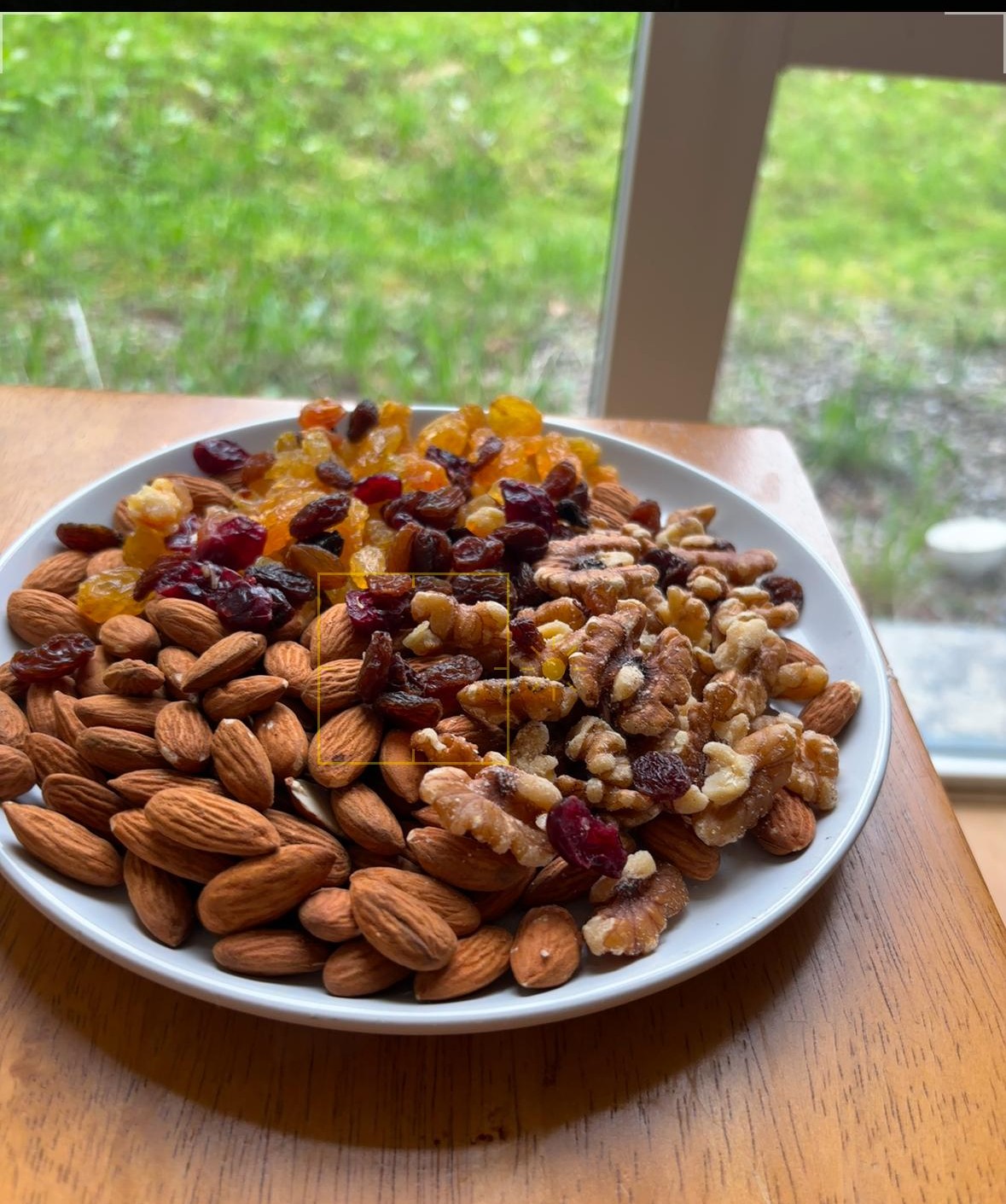
How much do eat you really need day?
In the world of fitness and nutrition, few questions generate as much confusion as determining the right amount of food to eat daily. With conflicting advice from various diet trends, social media influencers, and even well-meaning friends, many people find themselves either under-eating, overeating, or constantly questioning their food intake. At My Elite Fitness Hub, we believe in cutting through the noise and providing evidence-based guidance that helps you determine your unique nutritional needs.
Understanding Caloric Requirements: Beyond the Standard Formulas
Your daily caloric needs are influenced by several key factors that make your requirements distinctly personal:
Basal Metabolic Rate (BMR)
BMR represents the energy your body needs to perform essential functions at rest:
- Maintaining organ function
- Cell production and repair
- Basic neurological processes
- Temperature regulation
- Circulatory and respiratory processes
This baseline accounts for approximately 60-70% of your daily caloric expenditure and varies significantly based on:
- Body composition (particularly lean muscle mass)
- Age and biological sex
- Genetics and hormonal factors
- Overall health status
Physical Activity Level
Activity dramatically influences your caloric requirements through:
- Structured exercise (intensity, duration, and type)
- Non-exercise activity thermogenesis (NEAT) – daily movement like walking, standing, and fidgeting
- Occupation-related energy expenditure
- Recreational activities
Thermic Effect of Food (TEF)
Your body expends energy to digest, absorb, and process nutrients:
- Protein has the highest thermic effect (20-30% of calories consumed)
- Carbohydrates (5-10%)
- Fats (0-3%)
This factor accounts for approximately 10% of total daily energy expenditure for most people.
Specific Physiological States
Several conditions can significantly alter caloric needs:
- Pregnancy and breastfeeding (increased requirements)
- Growth periods during adolescence
- Recovery from illness or injury
- Extreme environmental conditions
Calculating Your Personal Starting Point
While no calculation is perfect, these methods provide useful starting references:
The Harris-Benedict Equation (Revised)
For men: BMR = 88.362 + (13.397 × weight in kg) + (4.799 × height in cm) – (5.677 × age in years)
For women: BMR = 447.593 + (9.247 × weight in kg) + (3.098 × height in cm) – (4.330 × age in years)
Then multiply by your activity factor:
- Sedentary (little/no exercise): BMR × 1.2
- Lightly active (light exercise 1-3 days/week): BMR × 1.375
- Moderately active (moderate exercise 3-5 days/week): BMR × 1.55
- Very active (hard exercise 6-7 days/week): BMR × 1.725
- Extremely active (very hard daily exercise & physical job): BMR × 1.9
The Simplified Method
A more accessible approach for quick estimation:
- Weight (in pounds) × 14-16 for men with moderate activity
- Weight (in pounds) × 13-15 for women with moderate activity
Adjust down for lower activity levels or weight loss goals, and up for higher activity or weight gain goals.
Beyond Calories: Macronutrient Distribution
Once you’ve established your caloric target, determining the right balance of proteins, carbohydrates, and fats becomes essential:
Protein Requirements
Protein needs vary based on activity level and goals:
- General health maintenance: 0.8g per kg of body weight daily
- Recreational exercisers: 1.0-1.2g per kg of body weight
- Strength and power athletes: 1.4-2.0g per kg of body weight
- Endurance athletes: 1.2-1.4g per kg of body weight
- Fat loss phase with resistance training: 1.6-2.2g per kg to preserve lean mass
Carbohydrate Considerations
Carbohydrate needs are highly dependent on activity type and intensity:
- Low activity individuals: 2-3g per kg of body weight
- Moderate intensity training (1 hour/day): 5-7g per kg
- High-volume endurance athletes: 8-10g per kg
- Ultra-endurance or extremely high-volume training: 10-12g per kg
Fat Requirements
Healthy fats are essential for hormonal function and nutrient absorption:
- Minimum requirements: 0.5-0.6g per kg of body weight
- Typical healthy range: 25-35% of total daily calories
- Essential fatty acids (especially omega-3s) should be prioritized
Warning Signs: Are You Eating Too Much or Too Little?
Potential Signs of Undereating
Physical indicators:
- Persistent fatigue despite adequate sleep
- Poor recovery from workouts
- Frequent injuries or prolonged healing
- Hair loss or brittle nails
- Consistently cold hands and feet
- Hormonal disruptions (menstrual irregularities, reduced libido)
Performance markers:
- Plateaued or declining strength
- Decreased endurance
- Inability to improve performance despite consistent training
- Extended soreness after workouts
Psychological signs:
- Increased food preoccupation
- Irritability and mood swings
- Poor concentration and decision-making
- Sleep disturbances
Potential Signs of Overeating
Physical indicators:
- Uncomfortable fullness after meals
- Unintentional weight gain not related to muscle building
- Digestive discomfort (bloating, acid reflux)
- Lethargy after meals
- Poor sleep quality
Performance markers:
- Decreased relative strength (strength-to-weight ratio)
- Reduced endurance performance
- Movement limitations due to body composition changes
Psychological signs:
- Emotional eating patterns
- Eating past fullness regularly
- Using food as primary stress management
Individual Factors That Modify Caloric Needs
Metabolic Adaptation
Your body adapts to consistent caloric intake levels over time:
- Metabolic adaptation during caloric restriction can reduce energy expenditure
- Previous dieting history can influence current metabolic rate
- Gradual changes are more sustainable than dramatic shifts
Age-Related Changes
Caloric needs typically decrease with age due to:
- Natural reduction in muscle mass (sarcopenia)
- Hormonal changes
- Often decreased activity levels
- Lower cellular metabolic activity
Body Composition Differences
Two people of identical weight may have vastly different caloric needs:
- Higher muscle mass significantly increases metabolic rate
- Each pound of muscle burns approximately 6-10 calories daily at rest
- Body fat is less metabolically active
Practical Application: Finding Your Personal Sweet Spot
The Monitoring Method
The most reliable approach combines calculations with real-world results:
- Start with a calculated baseline for 2-3 weeks
- Track relevant metrics (weight, measurements, energy, performance)
- Adjust intake based on observed results
- Continue monitoring and making small adjustments (100-200 calories at a time)
- Allow 1-2 weeks between adjustments to assess impact
Strategic Caloric Cycling
Many people benefit from varying their intake:
- Higher calories on training days
- Lower calories on rest days
- Periodic refeed days during fat loss phases
- Seasonal adjustments based on activity levels and goals
Hunger and Fullness Signals
Reconnecting with your body’s natural cues:
- Eat when experiencing moderate hunger (not extreme hunger or by clock only)
- Stop at comfortable satisfaction (not stuffed)
- Distinguish between physical hunger and emotional/habitual eating triggers
- Account for hunger-modifying factors (stress, sleep, hormonal fluctuations)
Special Considerations
Athletes and Highly Active Individuals
Performance-focused nutrition requires:
- Periodized nutrition that matches training cycles
- Potential for significantly higher caloric needs during intense training blocks
- Strategic fueling around workouts
- Increased attention to recovery nutrition
Weight Loss Goals
Sustainable fat loss approaches include:
- Moderate caloric deficit (typically 300-500 calories below maintenance)
- Higher protein intake to preserve lean mass
- Regular adjustments as metabolism adapts
- Diet breaks to mitigate adaptive thermogenesis
Weight Gain and Muscle Building
Effective muscle-building nutrition includes:
- Moderate caloric surplus (typically 300-500 calories above maintenance)
- Sufficient protein distribution throughout the day
- Strategic peri-workout nutrition
- Attention to nutrient density, not just caloric density
The Bottom Line
The amount you truly need to eat daily is uniquely yours—influenced by your body composition, activity level, goals, and even genetic factors. While formulas and calculations provide useful starting points, the most effective approach combines this baseline knowledge with consistent monitoring and adjustment.
At My Elite Fitness Hub, we believe that optimal nutrition isn’t about following rigid rules or conforming to one-size-fits-all guidelines. Instead, it’s about finding your personal sweet spot that supports your energy needs, performance goals, body composition objectives, and overall health.
Remember that your nutritional needs will evolve with changes in your activity, age, health status, and goals. The ability to adapt and respond to these changes—rather than adhering to a fixed caloric target—is what truly defines nutritional success.
Ready to discover your personal optimal intake? Contact our nutrition specialists for a personalized assessment that moves beyond calculations to create a sustainable approach tailored specifically to you.

0 Comments